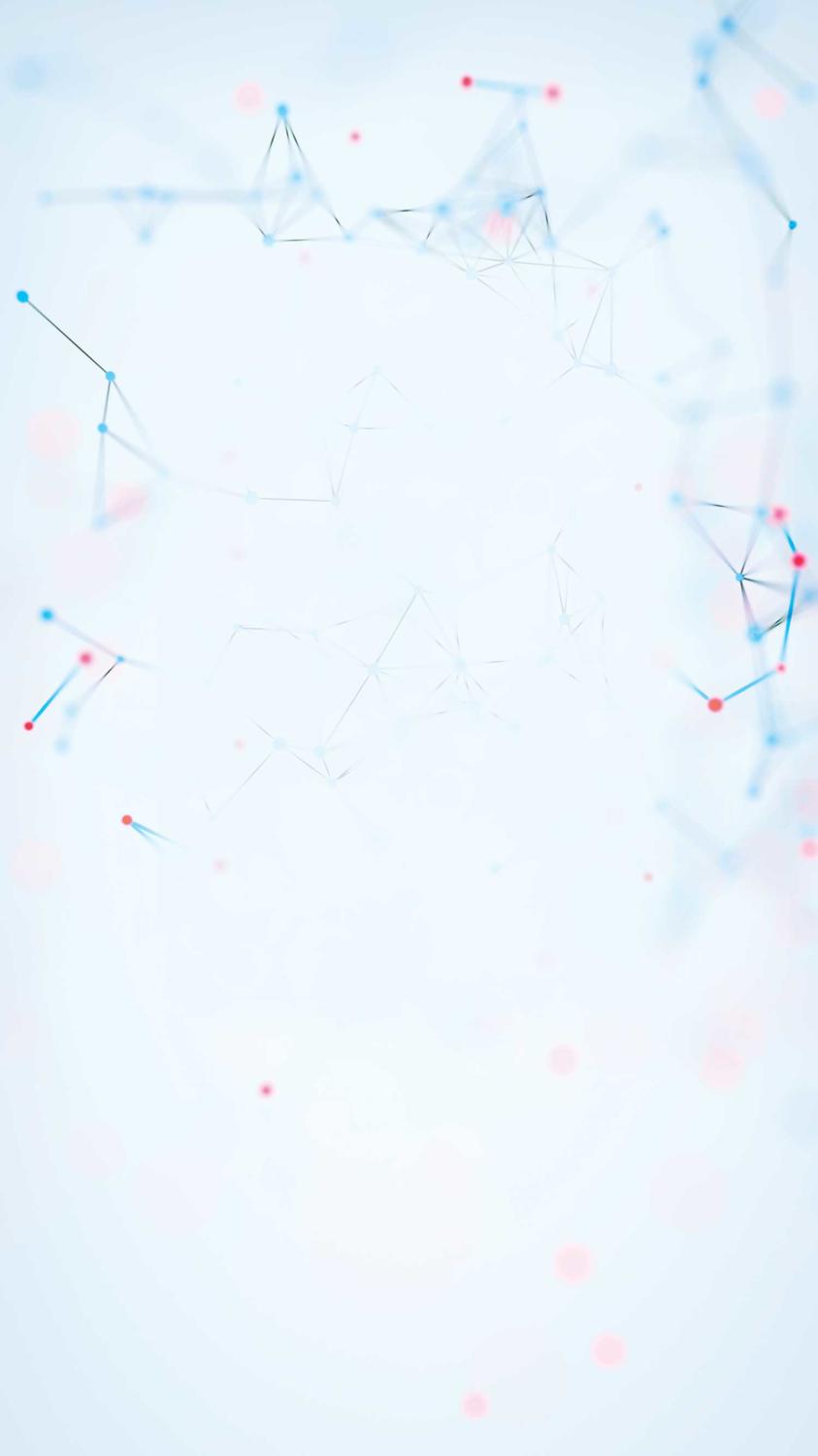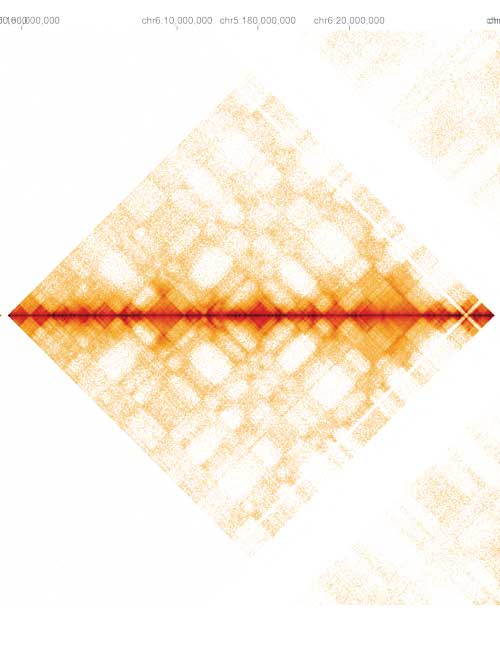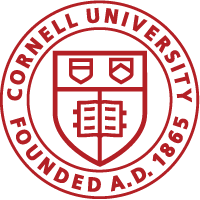Anatomy of a Lab: Danko
Dr. Charles Danko’s group thinks of a cell’s genome as a software program, turning on and off different genes to accomplish cellular functions. To better understand how that software operates, they merge two approaches – computational biology and molecular biology techniques, such as ChRO-seq, a highly accurate method to detect gene expression developed in their lab. Ultimately, they aim to understand how variations in the software code explain the evolution of new species and to “debug” that code to find how certain changes lead to cancer.
Hover over each image to learn more!
-
 Charles Danko, PhDRobert N. Noyce Assistant Professor
Charles Danko, PhDRobert N. Noyce Assistant Professor
in Life Sciences and TechnologyGilad Barshad, PhDPostdoctoral AssociateLauren ChoateGraduate StudentShao-Pei ChouGraduate StudentTinyi ChuGraduate StudentJames Lewis, PhDPostdoctoral AssociatePaul MunnGraduate StudentEd RiceLab ManagerJon VillaneuvaGraduate StudentZhong Wang, PhDResearch AssociateLina ZhuGraduate StudentAdriana AlexanderGraduate Student A heatmap comparing the interactions of heat treated and untreated chromatin, for a region of chromosome 6 in K562 chronic myelogenous leukemia cells.Mridusmita Saikia, PhDPostdoctoral AssociateOur genome can stretch up to several meters long and must be tightly packed into a structure called chromatin to fit inside the cell nucleus. Gilad is investigating how the architecture of the chromatin affects gene expression and whether differences in that architecture have impacted the evolution of humans and other primates over millions of years.
A heatmap comparing the interactions of heat treated and untreated chromatin, for a region of chromosome 6 in K562 chronic myelogenous leukemia cells.Mridusmita Saikia, PhDPostdoctoral AssociateOur genome can stretch up to several meters long and must be tightly packed into a structure called chromatin to fit inside the cell nucleus. Gilad is investigating how the architecture of the chromatin affects gene expression and whether differences in that architecture have impacted the evolution of humans and other primates over millions of years.
Fun fact: Many years and kilograms ago, when Gilad was 16, he won a bronze medal in the 50-meter backstroke at the Israeli national swimming championship.James is investigating how multiple bad-tasting butterfly species in South America regulate the expression of a gene for red pigments that signal their toxicity to birds. The two species use some of the same gene regulation strategies to look almost indistinguishable, which help both species to avoid being eaten.
Fun fact: In another project, James is studying how changes to the vital process of gene expression evolve. He has gathered a collection of organisms – jellyfish, roundworms and brown algae – which lab members refer to as “James’ funky critters.”Paul is interested in how regulatory sequences far away from a gene can affect its expression. He is using computational approaches to understand how fruit flies and human cells express “heat-shock” proteins to cope with elevated temperature and whether the architecture of the genome when it is coiled up inside a nucleus affects their response.
Fun fact: Paul trekked deep into the heart of the Amazon rainforest where he swam with freshwater dolphins, fished for piranha and caught an alligator with his bare hands.Tinyi is using the sequencing technique ChRO-seq to identify the types of tissues, such blood vessels, immune cells and cancer cells, that make up different glioblastoma tumors, to understand how this type of brain cancer grows and develops.
Fun fact: Tinyi has a ping-pong robot that shoots balls and he used to secretly install it on the ping-pong table at the Baker Institute.Every cell has two copies of each chromosome, so how does it decide which one to use when it turns on a gene? Shao-Pei is investigating how cells make that decision and how switching between the two chromosome may help the cell to regulate its gene expression.
Fun fact: Shao-Pei put a lucky charm on her desk and received a manuscript acceptance letter within a day! The lucky charm is on Lauren's desk now.Lauren is pioneering new methods to investigate how genetic changes alter the expression of the protein that the anthrax bacterium uses to enter cells. She wants to know if humans have evolved to produce less of that entry protein in response to raising cattle, which is one way humans are exposed to anthrax.
Fun fact: Lauren is the unofficial Photoshopper of the Danko lab.There are multiple sites, both near and far, that regulate a gene’s expression, but these regions can be hard to find. Mridusmita is using the genome-editing technology CRISPR in a massive endeavor to identify those sites by blocking regulatory regions at 500 locations and seeing how they impact the expression of individual genes.
Fun fact: : Mridusmita loves exploring bookstores in places she visits. Her favorite so far is the Strand in New York CityAs the lab’s leader, Charles integrates the computational and molecular biology sides of his group, recruits and mentors new lab members, secures funding, presents findings at scientific meetings and asks new questions about the complex ways that cells regulate how and when genes are activated.
Fun fact: Charles has a pet tortoise named Beatrice, who loves to plod about the back yard every summer.As the lab manager, Ed ties both sides of the lab together but is especially instrumental in developing the molecular biology behind ChRO-seq and other techniques used in the lab. He will soon install a robot to help these experiments run faster and more efficiently.
Fun fact: Ed is a home brewer who enjoys tasting different varieties and styles of beer and detecting their subtitle differences. There is a lot of science involved in brewing a quality beer, from selecting a water source, to cultivating yeast and choosing the right fermentation temperature, just to name a few.Jon uses cutting edge cellular models of the colon to investigate how mechanisms that control gene expression are altered in colon cancer and how these alterations can vary between patients.
Jon makes YouTube videos in his “free time” about what it’s like to be a scientist and topics in the biomedical sciences.Adriana is interested in how cells shut down gene expression before meiosis – a type of cell division that results in eggs or sperm – so that the nucleus can be packaged inside the tiny head of a sperm.
I enjoy taking my son to the local zoos and science museums, and watching him explore the natural world around him.Some types of cancer commonly have mutations in the genes for histones – the spool-like proteins that the cell wraps its genome around. Lina is seeing if these mutations, which alter how the DNA is wrapped, affect gene expression and the development of the cancer.
Fun fact: Lina loves reading literature and practicing calligraphy; she wants to travel through Japan or Europe one day.Zhong Wang is the programming wizard of the group and writes software to smoothly and efficiently make sense of the enormous amount of data provided by ChRO-seq and other molecular techniques. He also creates and maintains bioinformatics resources for the larger scientific community.
Fun fact: Zhong enjoys helping biologists use machine learning to find interesting results beyond what is shown by experiments. He says, "Do you want to try our tools?"


